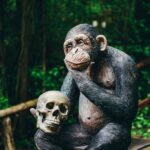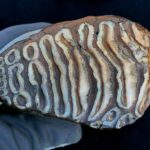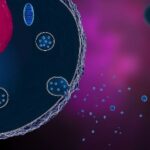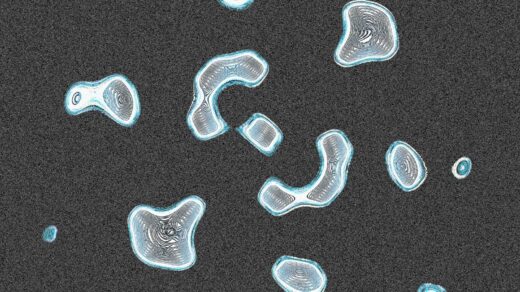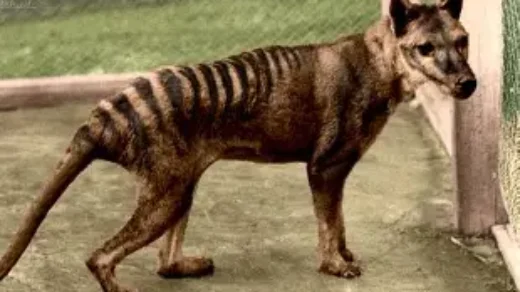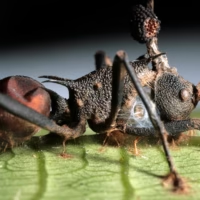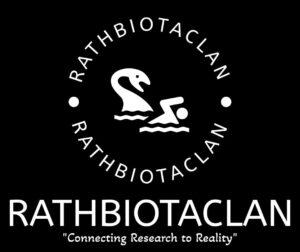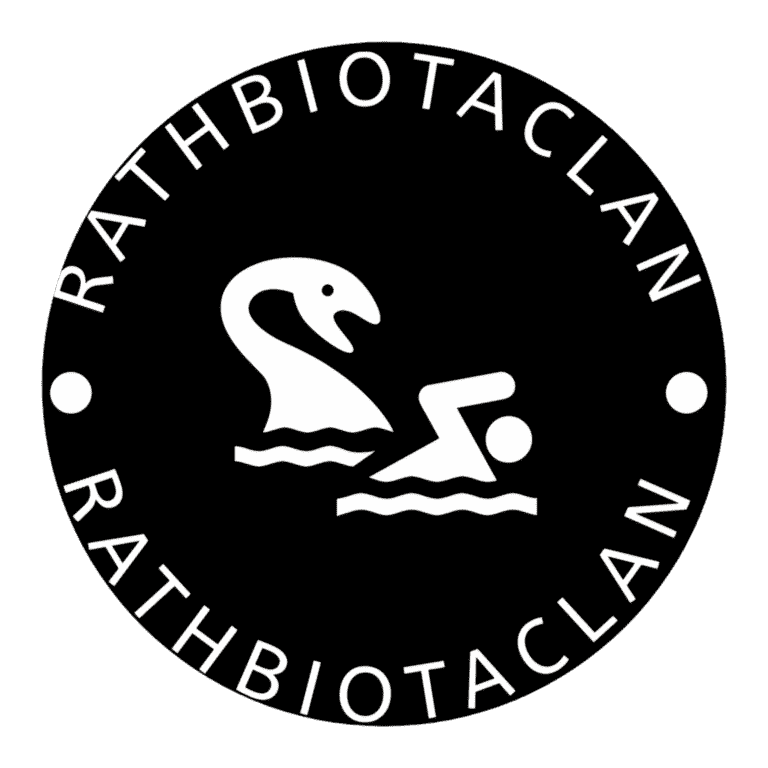Timing the cell division is a very intricate procedure: chromosomes are separated into two cells with precision. The actor of this play? The centromere, a specialized region of DNA that forms an X between duplicated chromosomes. Acting as a grip of the mitotic spindle, centromeres ensure proper separation when the chromosome gets divided.
Without these guiding hands, chromosomes could be unequally passed to cells, leading to severe conditions like Down syndrome, where cells grow with an abnormal number of chromosomes. However, new research has established an astonishing fact: centromeres are far from uniform and evolve faster than we ever expected, which may play a critical role in aging and disease that remains largely unexplored.
Challenging Assumptions: A Turning Point in Research
Six years ago, Glennis Logsdon, then a graduate student, and her team were working under the widely accepted assumption that centromeres are conserved—meaning sequences and structures were similar across all humans.
“We thought one consensus sequence explained all centromeres, and that’s as much as we needed to learn,” says Logsdon, now a geneticist at the University of Pennsylvania.
But her recent findings, published in Nature, challenge this belief. It turns out centromeres show significant variation within the human population—a discovery that could reshape how we understand disorders related to defective chromosome division.
Why Was Centromere Diversity Overlooked?
One major reason: these regions are difficult to study.
Centromeres are made up of repetitive DNA sequences—like a jigsaw puzzle where all the pieces are identical. Traditional sequencing methods break DNA into small fragments, making it hard to reassemble the repetitive sections accurately. For this reason, centromeres were often ignored in the original human genome maps.
New Technologies, New Discoveries
Logsdon and her team used nanopore sequencing, which reads long strands of DNA. While these sequences can be error-prone, they were corrected using more accurate short-read sequencing. By layering both approaches, the team successfully reconstructed complete centromere sequences from two human genomes of European descent.
“It was a complete shock,” said Yamini Dalal, molecular biologist at the NIH. “We thought centromeres were rigid, but this work shows they’re incredibly plastic.”
Centromeres Are More Dynamic Than We Thought
The centromeres varied in sequence, size, and even in how they interact with proteins. This wasn’t minor. These differences revealed that centromeres function diversely, almost like discovering that a foundation could be built in multiple ways—each still holding the house steady.
Centromeres Across the Human Population
As the study progressed, Logsdon’s team compared their sequences to 56 other human genomes. The diversity? Remarkable.
“This is just the starting point,” said Daniël Melters, chromosome biologist at NIH. “If we were to sequence more people, I think we’d find even greater variation.”
Beyond Humans: Comparing Centromeres in Primates
They also examined non-human primates: chimpanzees, macaques, and orangutans.
- Chimpanzees had significantly shorter centromeres than humans.
- Orangutans and macaques had centromeres 2 to 5 times larger.
Despite size differences, structural patterns remained similar—proving that centromeres evolve rapidly, even in closely related species.
The Surprising Mutation Rate of Centromeres
Possibly the most startling finding:
Centromeres mutate four times faster than gene-rich areas of the genome.
That’s shocking, considering most essential biological machinery tends to resist change. Yet, centromeres, vital for cell division, seem to break that rule.
Quick Facts:
- Centromeres mutate 4x faster than typical genome regions.
- They vary in size, sequence, and protein-binding behavior.
- Rapid evolution is visible across human and primate species.
What Does This Mean for Human Health?
Logsdon’s findings hint that centromere variation might influence chromosome disorder risks. If researchers can identify features that lead to erroneous chromosome separation, we may one day predict risks like Down syndrome before conception.
Moreover, this may unveil mechanisms linking centromere instability to aging and cancer—two frontiers of biomedical science.
A New Frontier in Genetics
The discovery that centromeres are deeply diverse and rapidly evolving has upended long-held genetic beliefs. It opens an exciting frontier into how these vital regions of DNA shape our biology, aging process, and vulnerability to disease.


